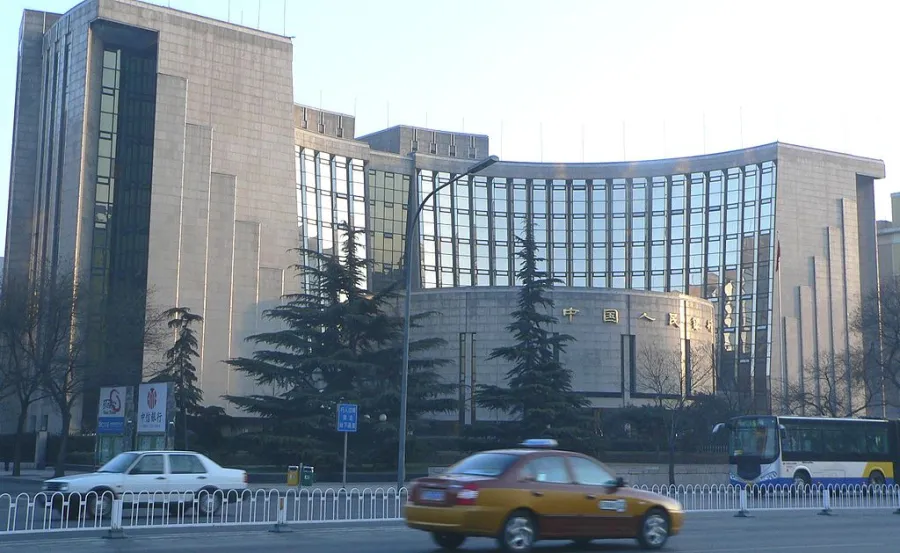
Chinese banks' latest LPR cut to derail NIMs, profits
Loan prime rate dropped 10 basis points to 4.05% on February 20.
The latest loan prime rate (LPR) decline spells trouble for Chinese banks as it will weaken net interest margins (NIM) and profitability, also leading to lower average loan yield but not affecting overall deposit costs, said a Moody’s report.
On February 20, the country’s one-year LPR dropped 10 bp to 4.05% and five-year-plus LPR by five bp to 4.75%, in line with measures announced in recent week to support the economy amidst the coronavirus outbreak. The required reserve ratio (RRR) had already been cut on January 6, and the People’s Bank of China (PBOC) announced a decline in rate on the medium-term lending facility (MLF) on February 17.
“Since the government reformed the LPR mechanism in August 2019, the one-year LPR declined four times and the five-year-plus LPR twice out of seven monthly quotes. The two rates have cumulatively declined 26 basis points and 10 basis points, respectively,” the report noted.
The LPR decline goes with the announced plan to lower borrowing costs for business borrowers, Moody’s added. Citing PBOC data, average loan yield lowered 18 bp to 5.44% in Q4 2019 from 5.62% in Q3.
“The bigger decline in the one-year LPR implies that regulators are cautious on guiding down interest rates on long-term loans because they are still trying to contain banks’ mortgage exposure. As of 31 December 2019, the mortgage balance amounted to RMB30 trillion, or 19% of total loans.”
The government has urged banks to help borrowers affected by the virus through favourable terms and relaxing repayment schedules. In February, the PBOC said it would grant funding of up to $42.6b (RMB300b) to three policy banks, six large banks, and 30 regional banks for re-lending to virus-hit firms. Lending rates will be capped at 3.05%; it would also shoulder 50% of the interest for the PBOC re-lending loans.
The central bank has also encouraged banks to temporarily extend repayment periods or cutting interest rates to corporate borrowers not qualified for re-lending loans. Liquidity provisions will alleviate some strain on the banking sector’s NIMs.




![Lorem Ipsum [ABF 1]](https://cmg-qa.s3.ap-southeast-1.amazonaws.com/s3fs-public/styles/exclusive_featured_article/public/2025-03/a_hand_pointing_to_a_futuristic_technology_5b87c9d0e3_1.png.webp?itok=2w0y1WhS)


![Cross Domain [Manu + SBR + ABF + ABR + FMCG + HBR + ]](https://cmg-qa.s3.ap-southeast-1.amazonaws.com/s3fs-public/styles/exclusive_featured_article/public/2025-01/earth-3537401_1920_4.jpg.webp?itok=WaRpTJwE)







 Advertise
Advertise

